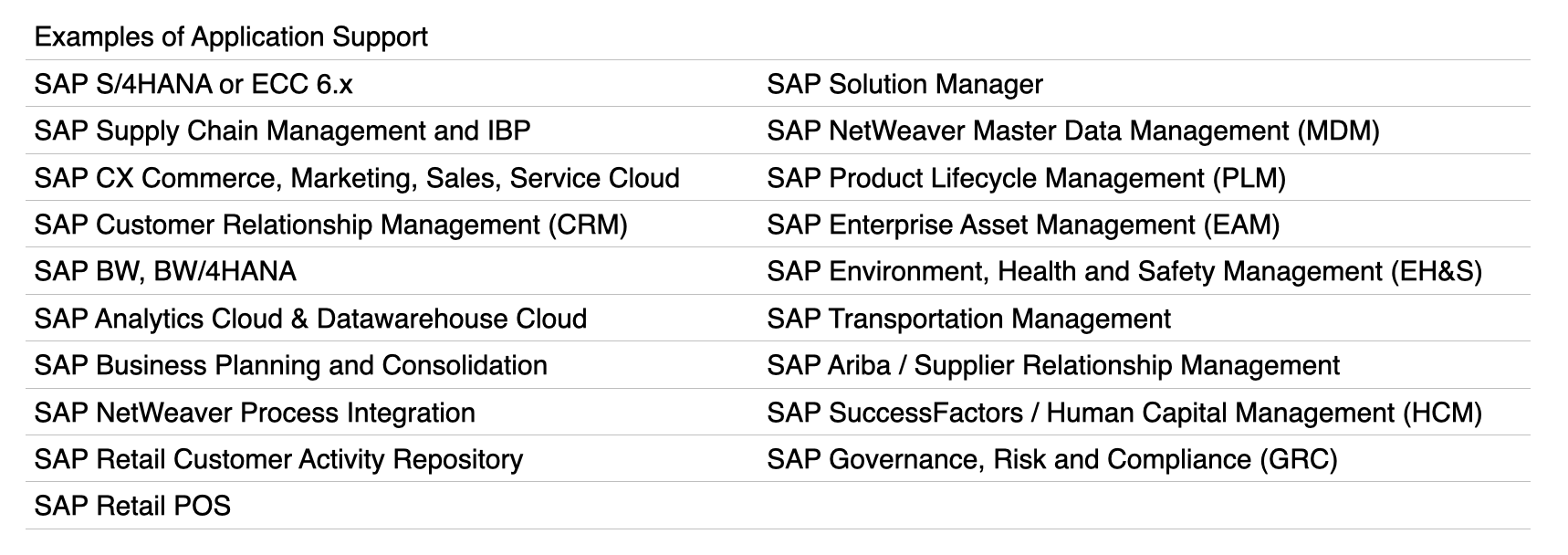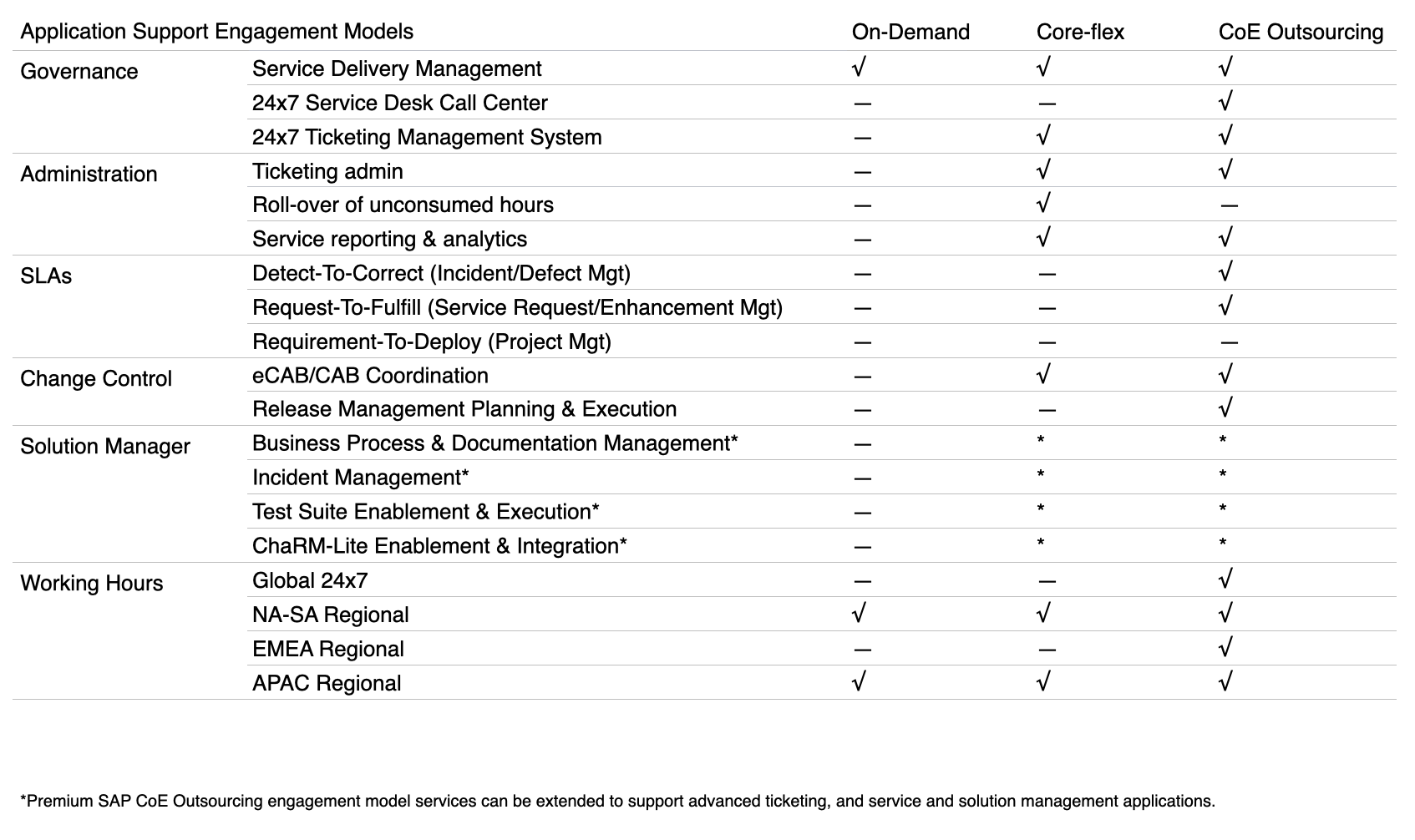Change Governance is a critical component of the IT organization. Commonly referred to as the Change Advisory Board (CAB), it is a body constituted to support the authorization of changes and to assist change management in the assessment, prioritization, and scheduling of changes. The organization’s change management policy will define the CAB’s constitution and its scope. Depending on the typical activity in your IT department, your CAB may meet as often as twice weekly. No matter the frequency of meetings, the Change Manager communicates the scheduled changes so individuals are prepared to make the best decisions.
Operational Governance evaluates ongoing issues, risks, performance, and achievement and is focused on day-to-day internal activities, where issues and risks can be raised and addressed in a timely manner. This function is often comprised of both the Project and Portfolio Management and the Support Management components. This collaboration between groups focuses on prioritizing and staging projects and ad hoc changes, from emergency changes to service requests. Operational Governance leaders interface daily with leaders from the Solution Governance component, and together with Change leaders, comprise the Operating Steering Committee.
Solution Governance is comprised of the applications, business solution-driven domains, and end-to-end business scenarios that produce tight integration. Evolving the domains to end-to-end business scenarios further stimulates process simplification, innovation, and consolidation across applications. Reorganizing business and IT talent in alignment with this model helps to cross-pollinate application-specific skillsets and reduces resource risks across business and IT capability areas. The model also enables end-to-end business-scenario knowledge across supply and demand chains.
The Application Lifecycle Management function provides the resources, methods, tools, processes, and standards to centrally serve the applications and business process domains. Additionally, the use of Change Agents can help build and sustain adoption to common global business processes. Common management strategies and controlling techniques and single tools for testing, training, change management, development, and security are just a few examples of where customers can gain the efficiencies that reduce costs and risks while increasing integration, collaboration, and transparency across otherwise independent domains and IT projects.
The Business Process Advisory Council helps guide design and enhance decision-making, incorporating lessons learned through initial knowledge investment in SAP. The advisory council also helps to promote adoption and long-term future-state alignment across enterprise structures.














